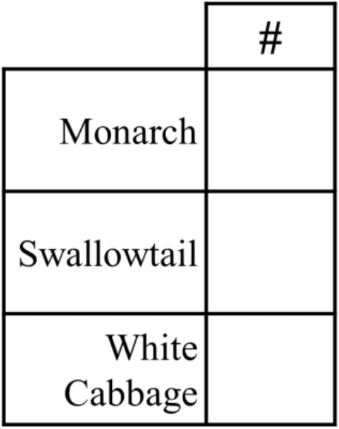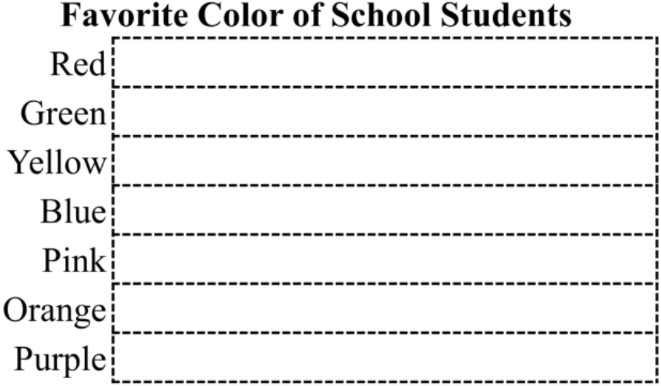Pictographs
0/4
Intros
Lessons
- What is a pictograph?
- How to read a pictograph
- Understanding symbols and half symbol scales
- Choosing a scale for your data
0/16
Examples
Lessons
- Understanding symbols and scale
Fill in the blanks about the symbols and scale - Reading and understanding data displayed on a pictograph
Use the pictograph to answer the questions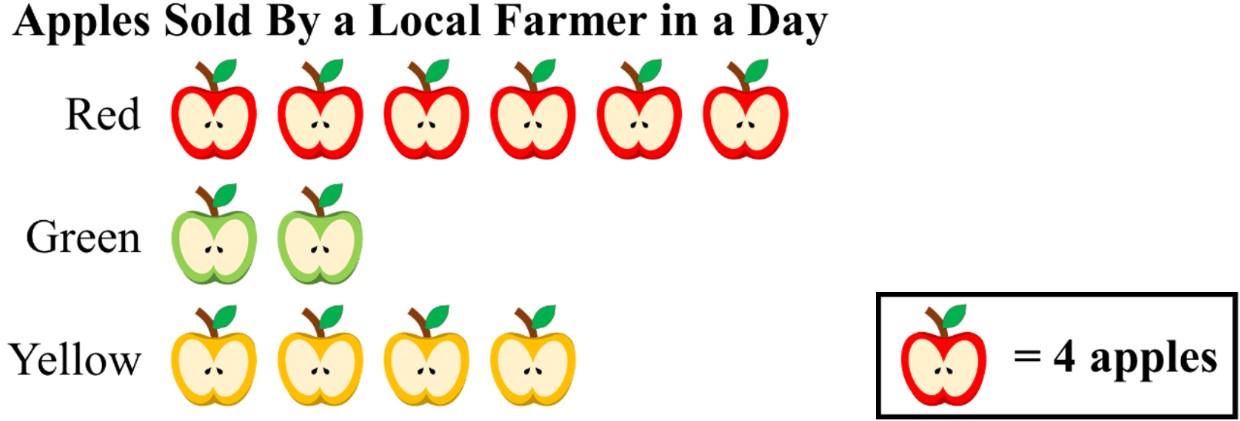
- Reading and understanding data displayed on a pictograph (with half symbols)
Use the pictograph to answer the questions
- Creating a pictograph
Answer the questions for creating a pictograph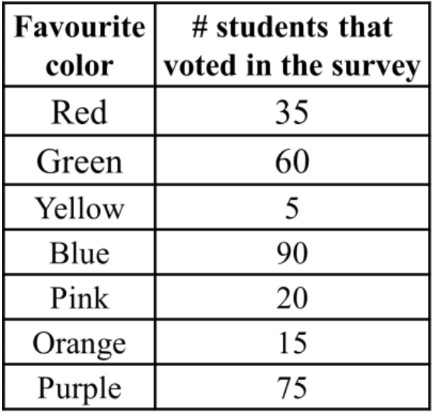


 represents 6 oranges, then
represents 6 oranges, then  represents 60 pizza slices, then
represents 60 pizza slices, then  represents ___ pencils, then represents 5 pencils.
represents ___ pencils, then represents 5 pencils. represents 6 gummy bears, then
represents 6 gummy bears, then 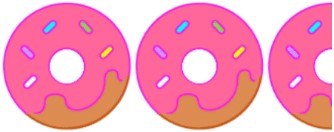 represents ___ donuts, then
represents ___ donuts, then 